Luxury & Wellness in Interior Design
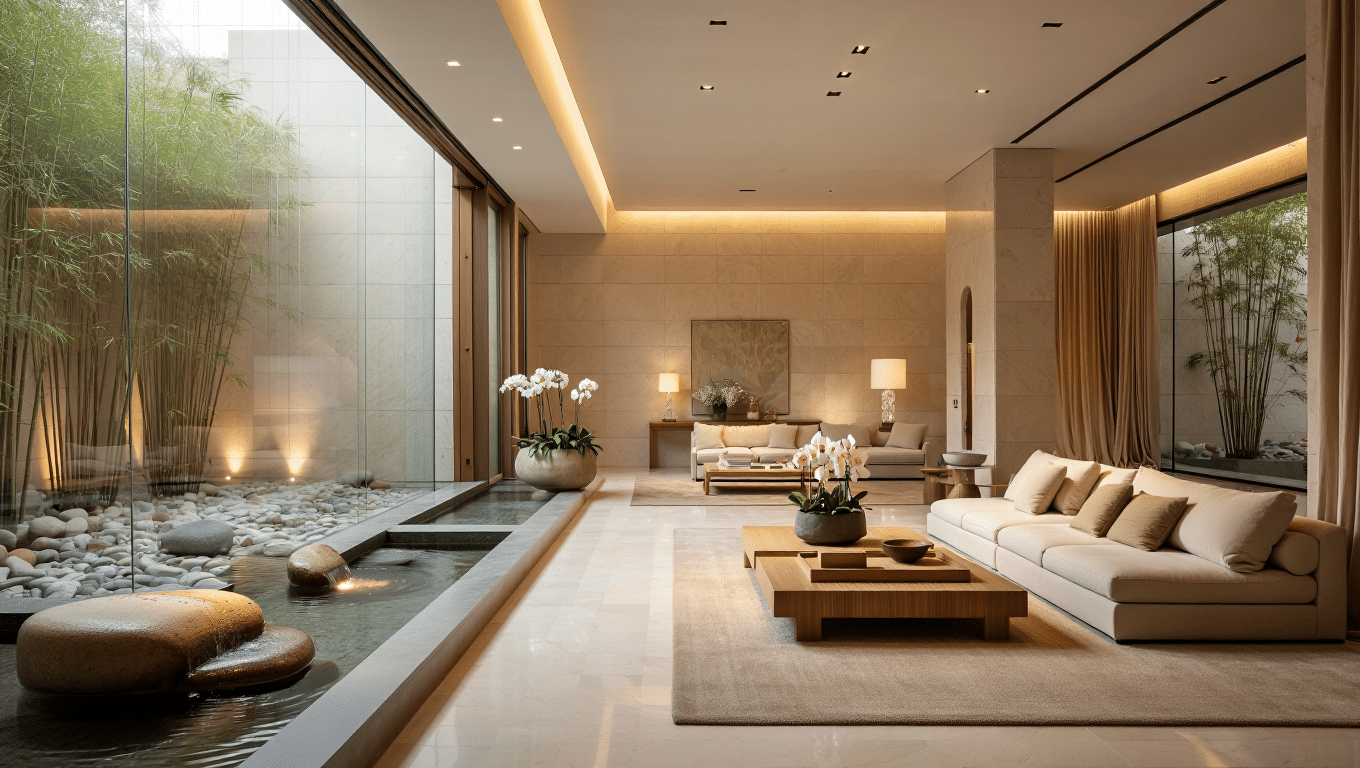
Creating Serene, Opulent Spaces
In today’s fast-paced world, the demand for luxury interiors that promote wellness has skyrocketed. Homeowners no longer just want beautiful spaces—they want sanctuaries that enhance their physical and mental well-being. This guide explores how to blend high-end design with wellness principles to create spaces that are as rejuvenating as they are stunning.
The Intersection of Luxury & Wellness
What is Wellness Design?
Wellness design focuses on creating environments that support health, relaxation, and mindfulness. When combined with luxury, it elevates everyday living into a spa-like experience.
Why It Matters in 2024
Post-pandemic shift: Homes now double as retreats.
Science-backed benefits: Proper lighting, air quality, and materials reduce stress.
Luxury buyers prioritize: Wellness features increase property value.
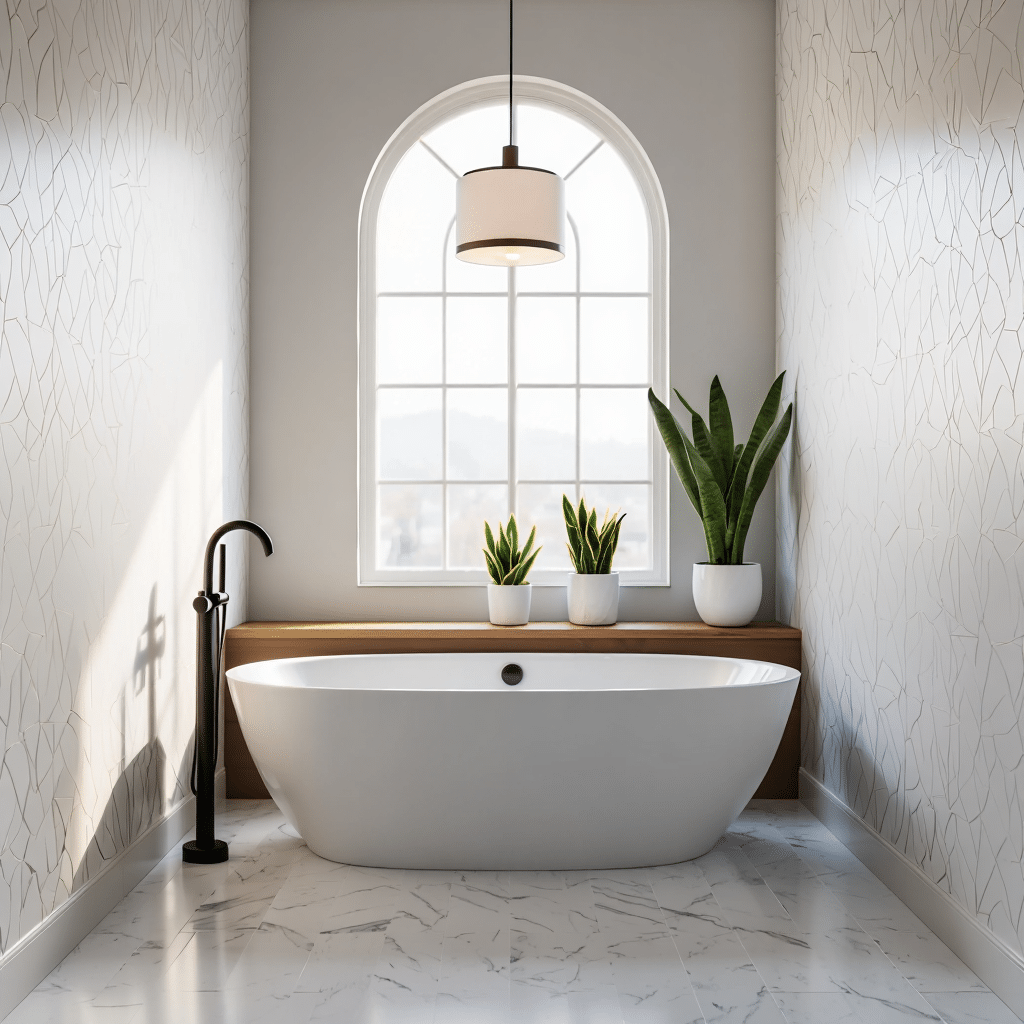
Key Elements of Luxury Wellness Design
A. Biophilic Design (Nature Integration)
Living walls, indoor water features, and natural materials (stone, wood).
Benefits: Lowers cortisol levels, improves air quality.
B. Spa-Inspired Bathrooms
Freestanding soaking tubs, steam showers, and heated floors.
Materials: Non-toxic tiles, matte finishes, and organic textures.
C. Home Saunas & Cold Plunge Pools
Infrared saunas (detoxifying) vs. traditional steam saunas (relaxation).
Cold therapy for muscle recovery and circulation.
D. Air & Water Purification
Smart HVAC systems with HEPA filters.
Alkaline water stations in kitchens.
E. Circadian Lighting
Tunable LED lights that mimic natural daylight.
Dimmer switches for evening relaxation.
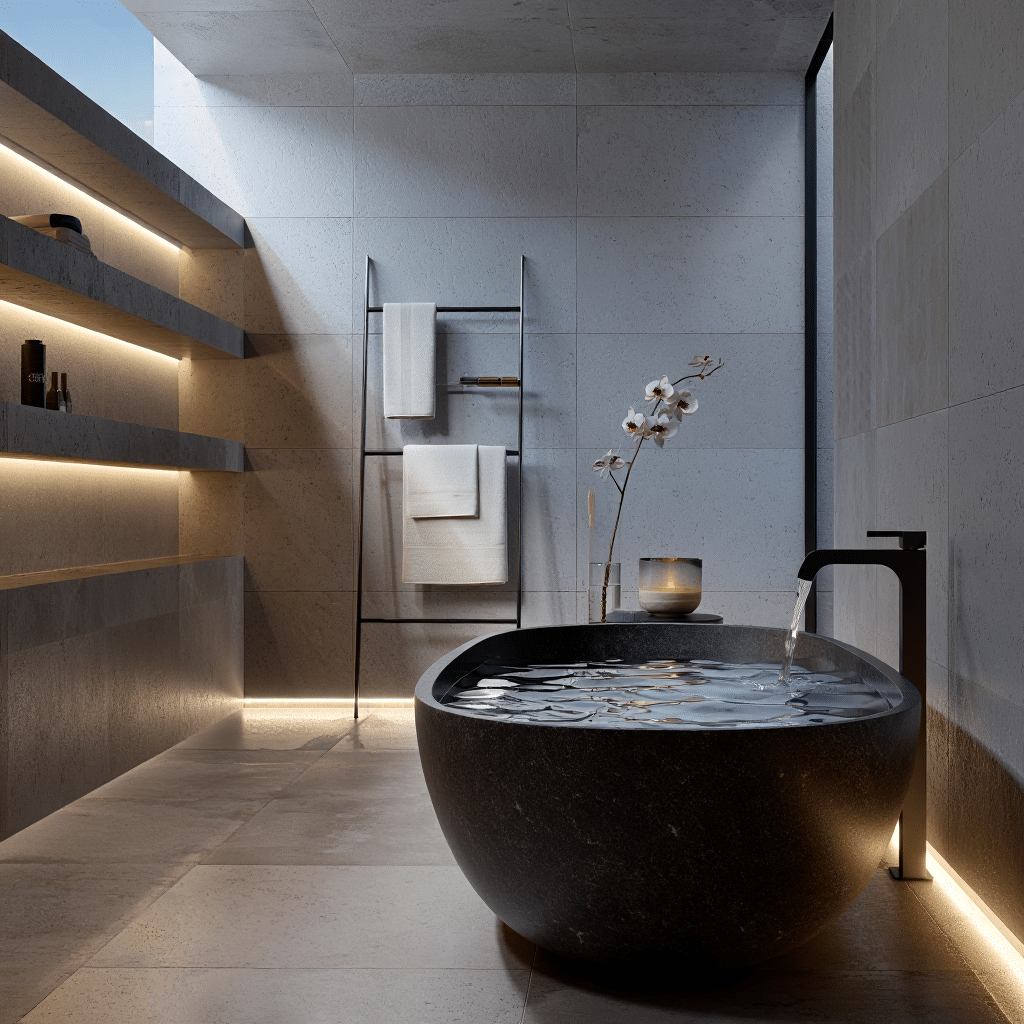
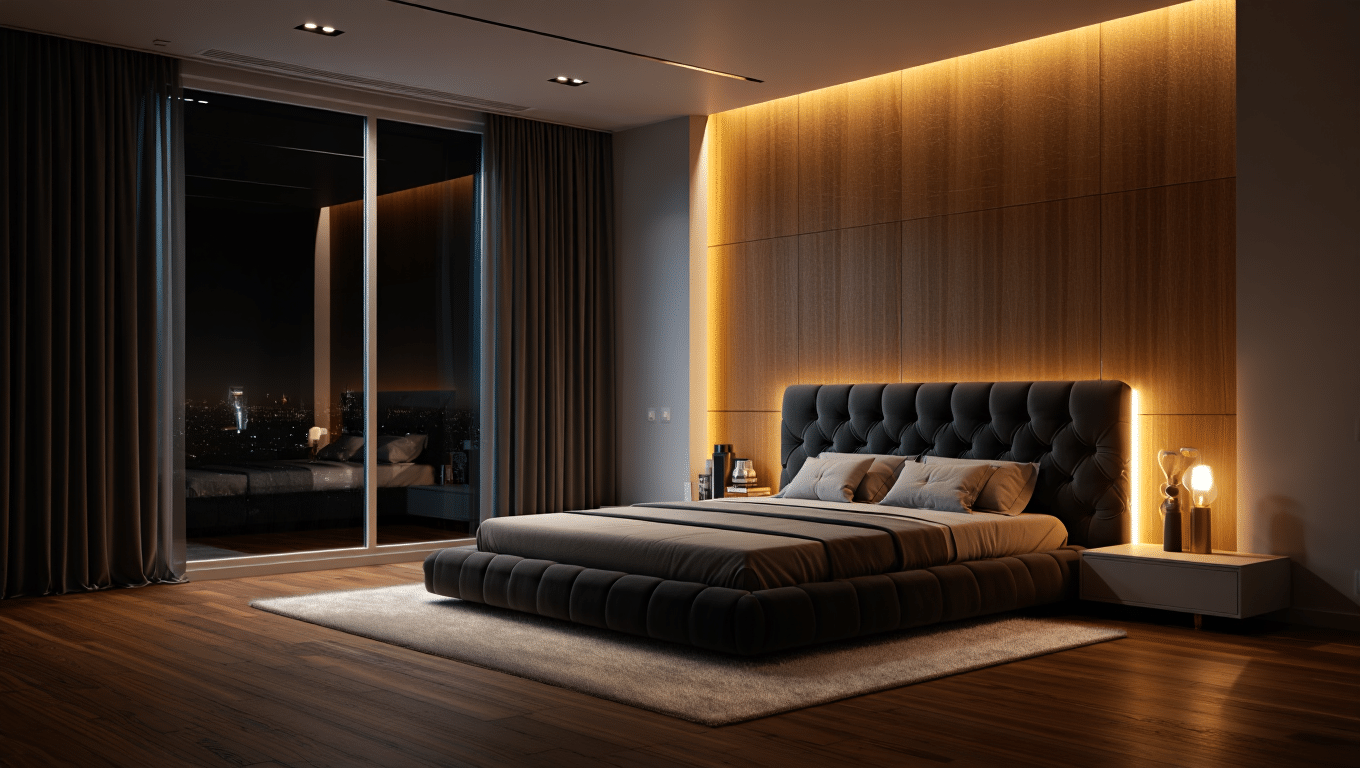
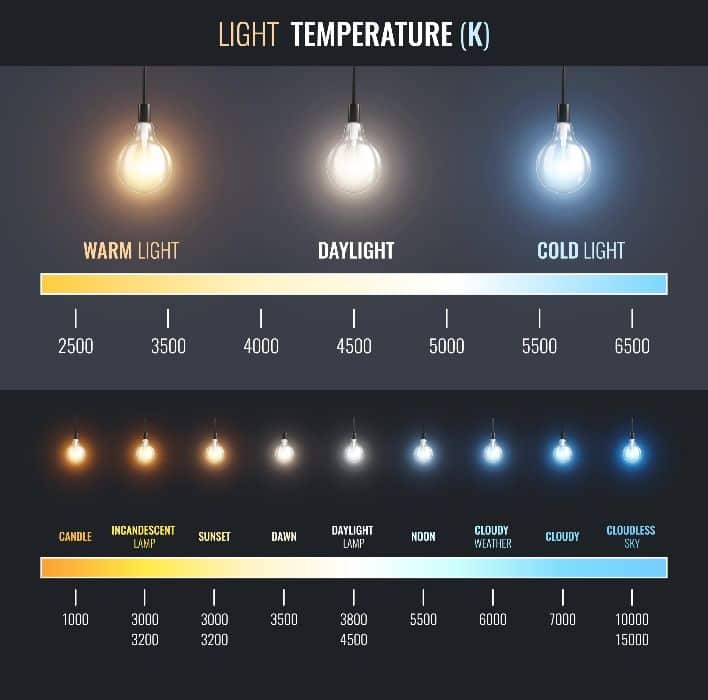
Luxury Wellness Trends for 2024
| Trend | Why It’s Popular | Best For |
|---|---|---|
| Japanese Ofuro Tubs | Deep soaking for muscle relief | Bathrooms |
| Meditation Rooms | Soundproofed with cushioned flooring | Home offices |
| Salt Therapy Walls | Improves respiratory health | Spas, bedrooms |
| Smart Sleep Tech | Temperature-regulated beds | Master suites |
High-End Materials for Wellness
Non-toxic paints (e.g., Sherwin-Williams Harmony).
Organic linens & wool rugs (hypoallergenic).
Reclaimed wood (sustainable and warm).
Case Study: Transforming a Penthouse Into a Wellness Oasis
Before: Sterile, all-white interiors with poor acoustics.
After:
Added acoustic paneling for noise reduction.
Installed a custom sauna and cold plunge.
Used earthy tones and curved furniture for flow.
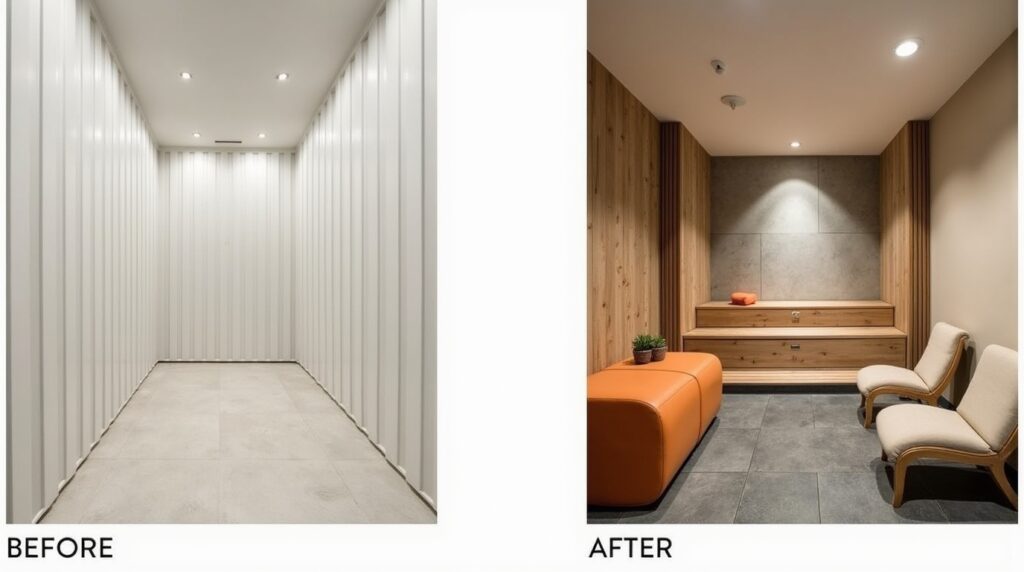
How to Incorporate Wellness on a Budget
DIY air-purifying plants (snake plants, peace lilies).
Affordable circadian bulbs (like Philips Hue).
Secondhand luxury (vintage teak furniture).
Common Wellness Design Mistakes
❌ Over-cluttering (hinders relaxation).
❌ Poor ventilation (traps toxins).
❌ Harsh overhead lighting (disrupts sleep).
Conclusion: Designing for the Senses
- True luxury is feeling as good as your space looks. Whether you’re renovating a master suite or building a wellness retreat, prioritize:
Nature-inspired elements
Health-focused technology
Tactile, soothing materials

